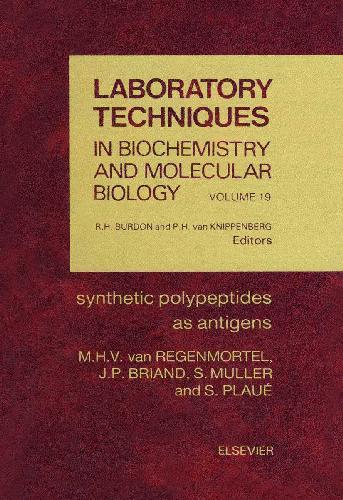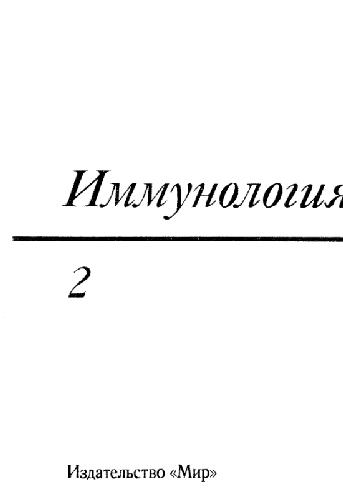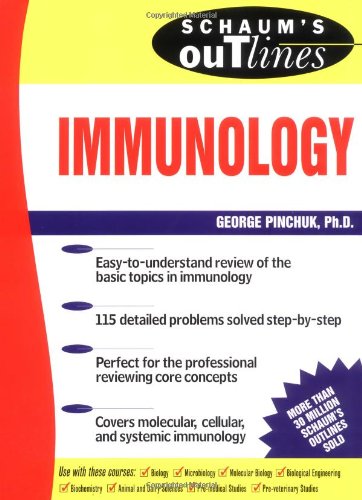J.P. Briand, S. Muller, S. Plaué, M.H.V. van Regenmortel9780444809742, 0444809740, 9780444809759, 0444809759
Table of contents :
Front Cover……Page 1
Synthetic Polypeptides as Antigens……Page 4
Copyright Page……Page 5
Contents……Page 8
Acknowledgements……Page 6
List of abbreviations……Page 14
1.1. Introduction……Page 18
1.2. Definitions of antigenicity and the concept of epitope……Page 19
1.3. Types of epitopes……Page 22
1.4. Methods used to delineate epitopes……Page 25
1.5. The antigenic structure of model proteins……Page 34
1.6. Predictions of antigenicity……Page 41
2.0. Introduction……Page 58
2.1. The ‘Boc’ synthesis……Page 62
2.2. The ‘Fmoc’ synthesis……Page 91
2.3. Semi automated, automated and multiple synthesis……Page 101
2.4. ‘Boc’ synthesis or ‘Fmoc’ synthesis……Page 103
2.5. Methods for the purification and analysis of peptides……Page 104
2.6. Conclusions……Page 110
3.0. Introduction……Page 112
3.1. Choice of carrier……Page 115
3.3. Point of attachment on peptide chain……Page 116
3.4. Coupling procedures……Page 117
3.5. Reversible protection of amino groups with citraconic anhydride……Page 137
3.6. Coupling of peptides to liposomes……Page 138
3.7. Coupling of peptides to solid supports……Page 143
3.8. Determination of peptide/carrier ratio of conjugates……Page 144
4.1. General remarks……Page 148
4.2. Specific immunization protocols……Page 150
4.3. Free versus conjugated peptides as immunogens……Page 156
4.4. Immunization with conjugated peptides……Page 158
5.1. Introduction……Page 162
5.2. Types of solid-phase immunoassays……Page 164
5.3. Specific procedures……Page 169
5.4. Monitoring of the immune response to peptides……Page 174
6.1. Introduction……Page 176
6.2. Use of antipeptide antibodies for detecting gene products……Page 179
6.3. Selected techniques used for the immunological detection of gene products……Page 183
6.4. Discussion……Page 191
7.1. Introduction……Page 194
7.2. Requirements for successful vaccines……Page 195
7.3. T cell epitopes……Page 197
7.4. Antiviral synthetic vaccines……Page 198
7.5. Antibacterial synthetic vaccines……Page 207
7.6. Antimalaria vaccine……Page 208
Appendices……Page 210
References……Page 214
Subject Index……Page 234






Reviews
There are no reviews yet.